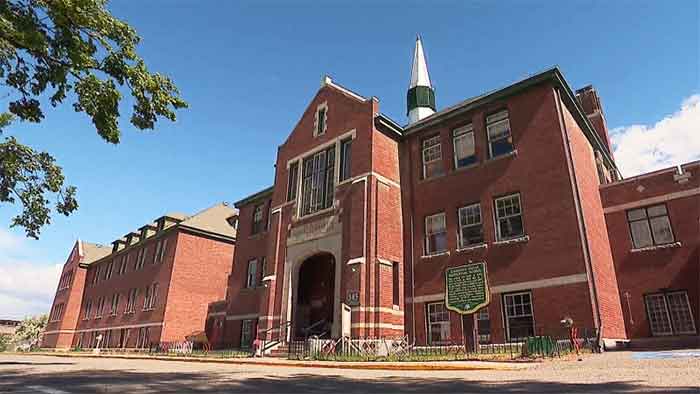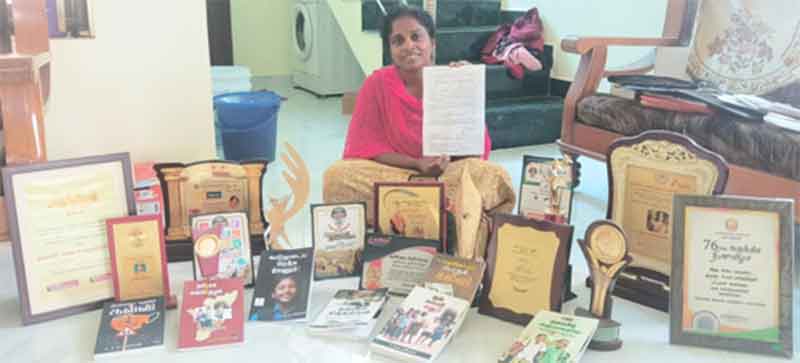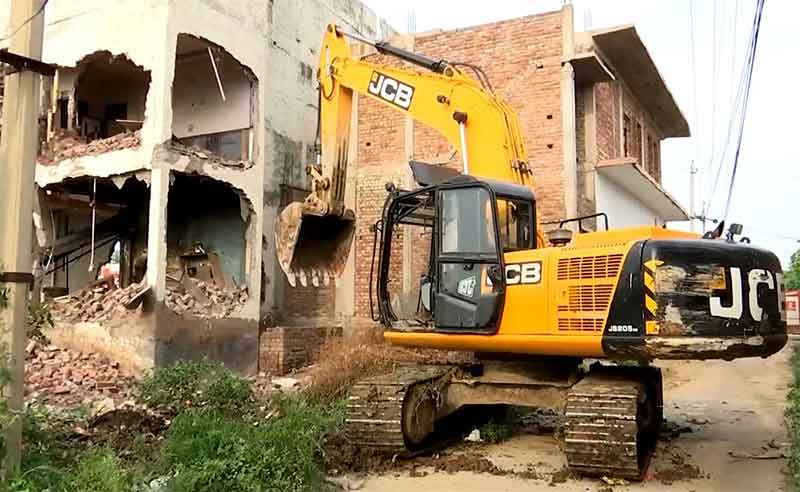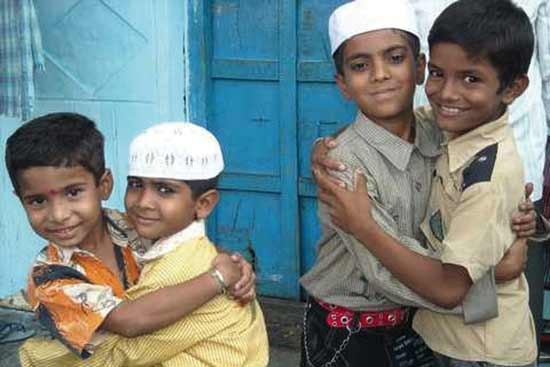
At the former Kamloops Indian Residential School in British Colombia, Canada, remains of 215 children were found buried. Some of the children were as young as three years old when they died, the First Nation said.
Tk’emlúps te Secwépemc First Nation hired a specialist in ground-penetrating radar to carry out the work and believes the deaths of the children are undocumented.
Chief Rosanne Casimir of the Tk’emlups te Secwépemc First Nation said in a news release that the remains were confirmed last weekend with the help of ground-penetrating radar.
More bodies may be found because there are more areas to search on the school grounds, Casimir said Friday.
In an earlier release, she called the discovery an “unthinkable loss that was spoken about but never documented at the Kamloops Indian Residential School.” It was the once the site of Canada’s largest residential school.
The site of the graves is what was once Canada’s largest Indigenous residential school — one of the institutions that held indigenous children taken from families across the nation. The children were forcibly separated from their parents.
From the 19th century until the 1970s, more than 150,000 First Nations children were required to attend state-funded Christian schools as part of a program to assimilate them into Canadian society. They were forced to convert to Christianity and not allowed to speak their native languages. Many were beaten and verbally abused, and up to 6,000 are said to have died.
Attempts are underway to identify and return home the children’s remains.
The death reopens old wounds that never fully healed.
A survivor herself, Ketchum felt that some action needed to be taken to honor the lives of the children in Kamloops.
She hung an orange t-shirt, a symbol meant to raise awareness of the lasting impact of residential schools on Indigenous children, outside of St. Mary’s Cathedral, a Catholic church, but felt like more needed to be done.
Ketchum enlisted the help of her friend Gerry Shingoose and the two of them lovingly tied ribbons in the area to help provide a visual reminder of the children whose lives were stolen.
“I was thinking, ‘How many of those stories like mine?’ They were not heard. That is 215 stories that were not heard. So that got to me,” Ketchum said.
Shingoose said the “heartbreaking” discovery in Kamloops brought back memories for her as a survivor, too. That is part of why she wanted to show support for the families affected by the news.
“Their experience is our experience,” she said. “We survived what happened to us and we’re still here.”
Shingoose went to the Muscowequan Residential School from 1962 to 1971. In 2019, anthropologists there uncovered as many as 15 unmarked graves of children who attended the school.
Human remains had also been discovered there in the early 1990s, when the school was still open.
Shingoose said as far as she is aware, the remains of 64 children have so far been discovered outside the residential school she once attended.
“My reality is my playground was a cemetery as a child,” she said. “When I was in school I’d look up on the hill — and that is where the graveyard was, and that is where they found those children.”
Both Shingoose and Ketchum said it was difficult to go through such a heart-wrenching experience with COVID-19 precautions in mind.
“We had to maintain distances, we could not come support each other, like hug each other — even that, we could not do that. That was a double whammy right there,” Ketchum said.
“I wish we could be gathered and have ceremonies like sacred fires. We cannot do that because of COVID, and that’s what really hurts.”
Lines of shoes at Oodena Circle, Selkirk
On Sunday, Bear Clan Patrol lined up shoes in the Oodena Circle at The Forks, but not just for the 215 bodies found, the Indigenous-led group wrote on social media.
“The fear is that is one of many such places,” the post said.
“The work of our members, Indigenous and non-Indigenous, is to walk side by side in the journey of healing and reconciliation among the community members we serve who are in need today because of the pain and trauma that is the legacy of the residential school and the effects of the colonial system here in Canada.”
A group in Selkirk, Man., also set up a line of shoes outside of the Selkirk Friendship Centre on Manitoba Avenue.
‘The world’s watching’
The City of Winnipeg and Premier Brian Pallister also showed respect for the children who died.
“Out of respect to all those affected by this horrific news the Winnipeg sign has been dimmed. The flags at City Hall will also be half mast from sunrise to sunset for four days beginning Sunday,” Winnipeg Mayor Brian Bowman posted on social media.
Pallister wrote in a news release on Sunday that he was “deeply saddened” by the news.
The flags at the Legislature and Memorial Park have been lowered, and the Legislative building will be lit orange to honor “the 215 children whose lives were lost, and all survivors, their families and all those who never made it home,” the news release said.
Shingoose said it has brought her comfort to see the outpouring of support across the country for the families affected by the discovery in Kamloops.
“They’ve unified us from nation to nation,” she said. “I know the world’s watching right now.”
But she also said calls to action outlined by the Truth and Reconciliation Commission — which included a call for strategies to identify and document residential school burial sites — have not been taken seriously.
She said Canada’s all former residential schools need to be examined for graves that have not yet been uncovered.
“[It’s] a national tragedy. As survivors, it has always been a tragedy for us. They could have had families. Their grandchildren could have been in university,” she said.
Shingoose said survivors like her have already shared their stories, time and time again including with the federal government and the Truth and Reconciliation Commission.
“Now, it’s Canada’s turn to listen,” she said.
Support available
Support is available for anyone affected by the lingering effects of residential schools, and those who are triggered by the latest reports. The Indian Residential School Survivors Society (IRSSS) can be contacted toll-free at 1-800-721-0066.
A national Indian Residential School Crisis Line has been set up to provide support for former students and those affected. Access emotional and crisis referral services by calling the 24-hour national crisis line: 1-866-925-4419.
Earlier reports said:
The Canadian government apologized in Parliament in 2008 and admitted that physical and sexual abuse in the schools was rampant. Many students recall being beaten for speaking their native languages; they also lost touch with their parents and customs.
Indigenous leaders have cited that legacy of abuse and isolation as the root cause of epidemic rates of alcoholism and drug addiction on reservations.
A report more than five years ago by a Truth and Reconciliation Commission said at least 3,200 children had died amid abuse and neglect, and it said it had reports of at least 51 deaths at the Kamloops school alone between 1915 and 1963.
“This really resurfaces the issue of residential schools and the wounds from this legacy of genocide towards Indigenous people,” Terry Teegee, Assembly of First Nations regional chief for British Columbia, said Friday.
British Columbia Premier John Horgan said he was “horrified and heartbroken” to learn of the discovery, calling it a tragedy of “unimaginable proportions” that highlights the violence and consequences of the residential school system.
The Kamloops school operated between 1890 and 1969, when the federal government took over operations from the Catholic Church and operated it as a day school until it closed in 1978.
Casimir said it is believed the deaths are undocumented, although a local museum archivist is working with the Royal British Columbia Museum to see if any records of the deaths can be found.
“Given the size of the school, with up to 500 students registered and attending at any one time, we understand that this confirmed loss affects First Nations communities across British Columbia and beyond,” Casimir said in the initial release issued late Thursday.
The leadership of the Tk’emlups community “acknowledges their responsibility to caretake for these lost children,” Casimir said.
Access to the latest technology allows for a true accounting of the missing children and will hopefully bring some peace and closure to those lives lost, she said in the release.
Casimir said band officials are informing community members and surrounding communities that had children who attended the school.
The First Nations Health Authority called the discovery of the children’s remains “extremely painful” and said in a website posting that it “will have a significant impact on the Tk’emlúps community and in the communities served by this residential school.”
The authority’s CEO, Richard Jock, said the discovery “illustrates the damaging and lasting impacts that the residential school system continues to have on First Nations people, their families and communities,.”
Nicole Schabus, a law professor at Thompson Rivers University, said each of her first-year law students at the Kamloops University spends at least one day at the former residential school speaking with survivors about conditions they had endured.
She said she did not hear survivors talk about an unmarked grave area, “but they all talk about the kids who didn’t make it.”
Australia also apologized for its so-called Stolen Generations – thousands of Aborigines forcibly taken from their families as children under assimilation policies that lasted from 1910 to 1970.
Canada offered those who were taken from their families compensation for the years they attended the residential schools. The offer was part of a lawsuit settlement.
The Canadian government apologized in Parliament in 2008 and admitted that physical and sexual abuse in the schools was rampant. Many students recall being beaten for speaking their native languages; they also lost touch with their parents and customs.
Indigenous leaders have cited that legacy of abuse and isolation as the root cause of epidemic rates of alcoholism and drug addiction on reservations.
Wauzhushk Onigum Nation in Kenora, Ont., said she woke up and saw the news about the horrifying discovery and instantly thought of her mother and relatives who attended residential schools.
“We’re all residential school survivors. We were all children. We all went under similar experiences, whether it be in B.C., Thunder Bay, Kenora, all the stories are the same. All the tears are the same,” Ketchum said.
GET COUNTERCURRENTS DAILY NEWSLETTER STRAIGHT TO YOUR INBOX
















































